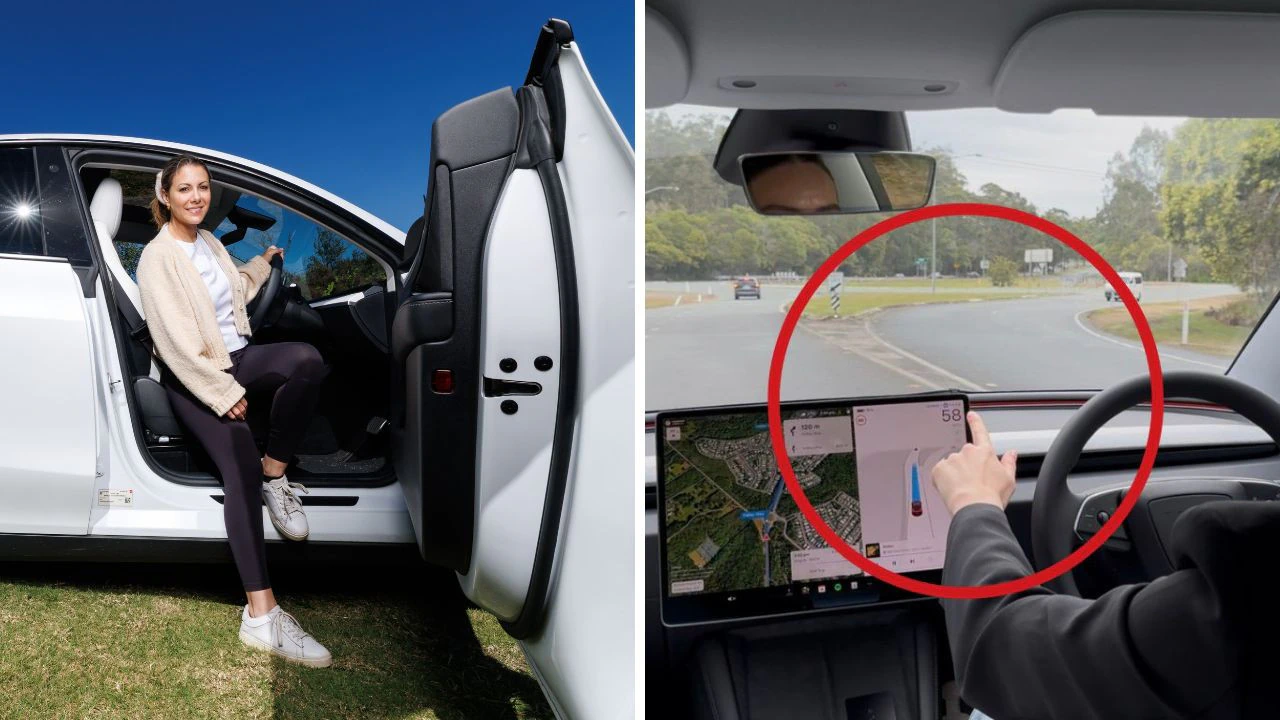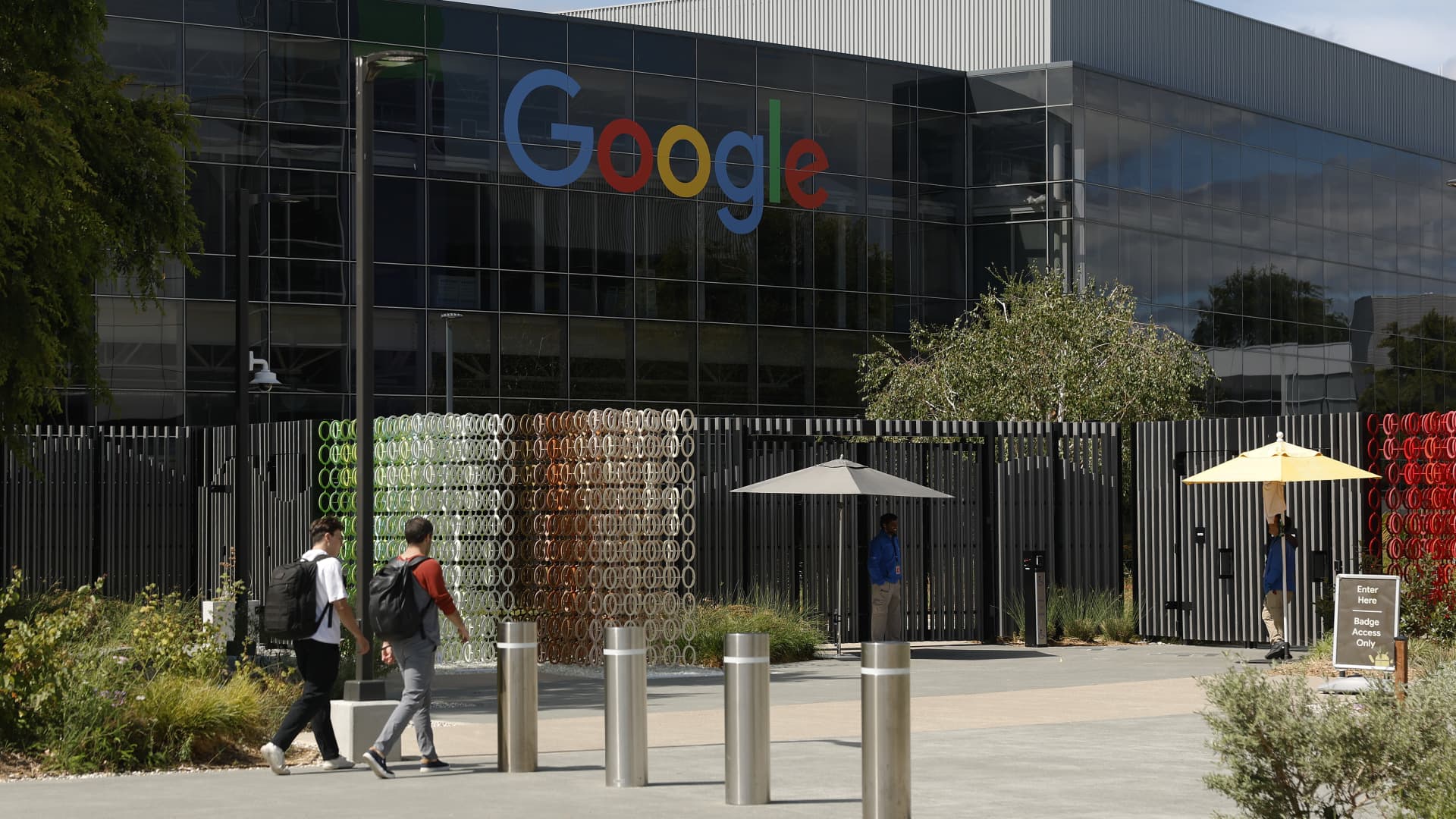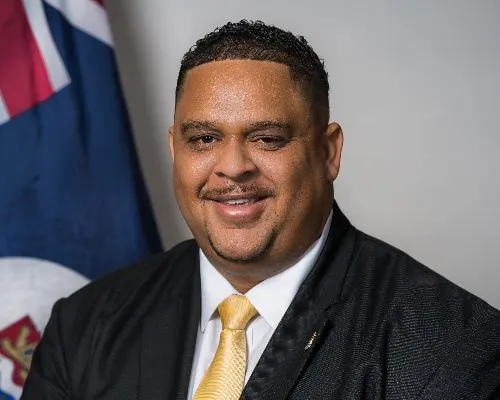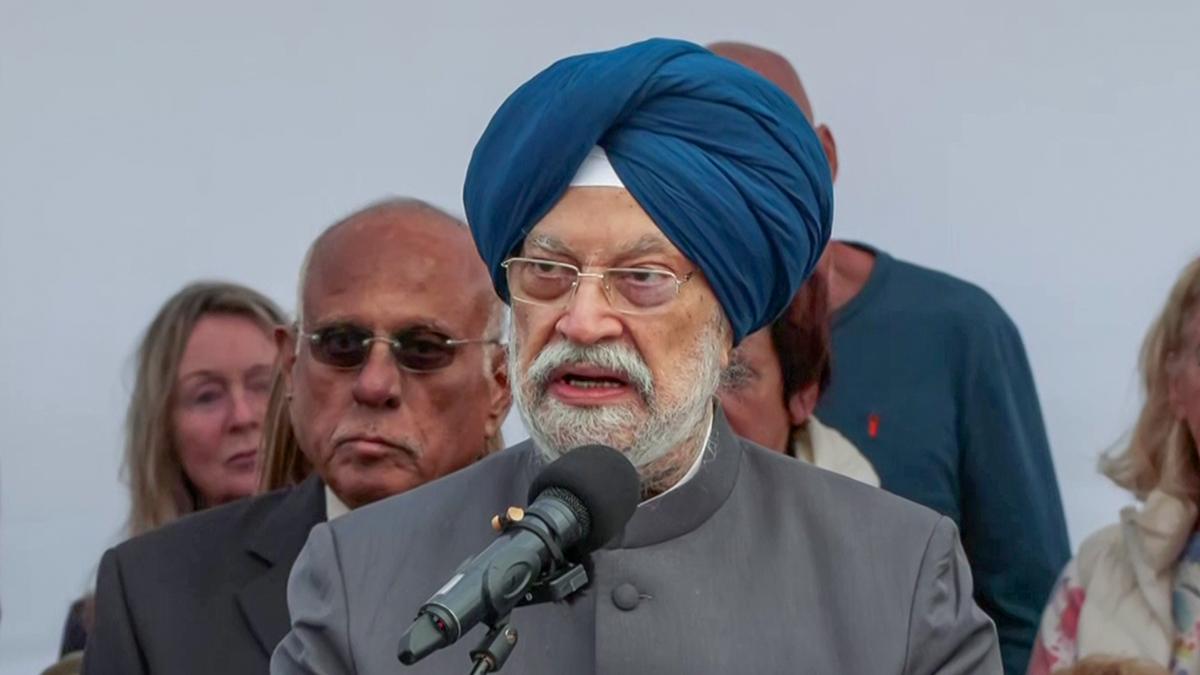By Danielle Collis
Copyright news

At midnight on Thursday, Tesla officially flicked the switch on its controversial Full Self-Driving (Supervised) across Australia and New Zealand.
The rollout makes both countries the first right-hand drive market in the world to access the highly anticipated technology, which allows eligible Tesla vehicles to steer, brake, change lanes, merge, navigate intersections, and roundabouts with minimal driver input.
It’s the first time a partial automation system of this scope has been enabled by private drivers in everyday real-world conditions.
As of now, Model 3 and Model Y vehicles equipped with Hardware 4 (HW4) can download the over-the-air update.
Owners who previously paid $10,100 upfront years ago will be the first to receive it.
MORE: Huge warning over Musk’s new Aus move
Those who didn’t, won’t miss out – they can purchase the upgrade outright on eligible vehicles.
A subscription model is coming soon, priced at $149 per month in Australia ($159 in New Zealand).
New customers buying eligible Teslas can also opt for FSD (Supervised) from day one.
The update requires a stable Wi-Fi connection and about 30-60 minutes to install, during which drivers must accept on-screen terms and conditions confirming they remain in control.
Tesla insists the system does not make the vehicle autonomous. Instead, FSD (Supervised) is classified as a level 2 advanced driver assistance system (ADAS).
Under Australian law, a licensed driver must stay alert, keep both hands on the wheel and be ready to take over at all times.
Regardless, the feature is the most advanced driver-assistance technology ever legally available on Australian roads.
The auto giant has been teasing the technology over the past year with trials in Sydney and Melbourne.
Local councils and state transport departments have criticised these trials for lacking a permit.
However, a permit is not required for Level 2 advanced driver assistance systems.
MORE: Tesla leak confirms 100-year Aus first
TESLA FULL SELF DRIVING AUSTRALIA: HOW TO GET IT
Who’s eligible right now?
Cars: Tesla Model 3 and Model Y with hardware 4 (HW4/AI4) are first in line.
Others: Older Teslas with earlier hardware are locked out for now; Tesla hasn’t confirmed if Australia will get a retrofit upgrade.
How to switch on?
1. Open the Tesla app or car menu
2. Choose purchase ($10,100) or accept upgrade (if prepaid)
3. Ensure your vehicle is connected to stable Wi-Fi
4. Accept the terms and safety agreement confirming you’ll stay alert and in control
5. Download and install; most updates take approximately 60 minutes, depending on size and internet speed
6. Once the download is complete, access and enable FSD through the infotainment system
Is it really “self-driving”? What does it actually do?
It’s important to note this is not autonomous driving; it is partial automation.
FSD (Supervised) can handle city streets, intersections, freeways and lane change.
Drivers must keep their hands on the wheel and eyes forward at all times.
Legally, it is still level 2 automation – advanced driver assistance, not full autonomy.
When engaged, the system can:
– Navigate roundabouts, intersections, freeways, and urban streets
– Make left and right turns, change lanes, and manage merges.
– Stop at traffic lights and stop signs
– Detect and react to pedestrians, cyclists and other vehicles.
– Manoeuvre around obstacles
The automaker’s camera-only system provides 360-degree visibility. The cabin camera monitors driver attentiveness; sunglasses and looking away repeatedly will trigger the system, and warnings will appear.
Ignore the warnings, and the system suspends itself for the rest of the trip.
Accumulate five “strikeouts”, and FSD (Supervised) is suspended until Tesla reviews your usage.
What if there’s an accident?
In accepting the terms and conditions, the driver needs to remain in control and, if at fault, will be held responsible.
Under Australian law, the person behind the wheel remains in control, and if it is you’re fault, you’re responsible.
What happens if the technology makes a mistake and I crash?
This is the big question.
Under current law, the driver is still considered in charge. That means if FSD makes an arrow but doesn’t step in, you may still be held liable.
Allianz has confirmed that customers are covered under existing policies, but because FSD is only legally recognised as “driver assistance,” drivers remain responsible in the event of a crash where they’re at fault.
What about insurance?
According to Allianz Australia, customers are covered under existing policies as long as FSD is within current laws. No need to notify Allianz.
Allianz may update policies if regulations move towards higher automation.
For all inquiries related to insurance and accidents, contact your car insurer.
Will regulators change the rules?
Australia is already working on a new national framework for autonomous vehicles set to be introduced next year.
The ”Automated Vehicle Safety Law” aims to address who is responsible when things go wrong and what standards companies like Tesla must meet.
For now, level 2 automation is legal.
What else should drivers know?
This technology is not foolproof; in the US, FSD still struggles with edge cases, poor weather, unusual intersections and unpredictable hazards. The technology is still evolving, and it’s getting better with every drive.
Australia will have its own set of risks, including kangaroos, dirt roads and fading road markings.



